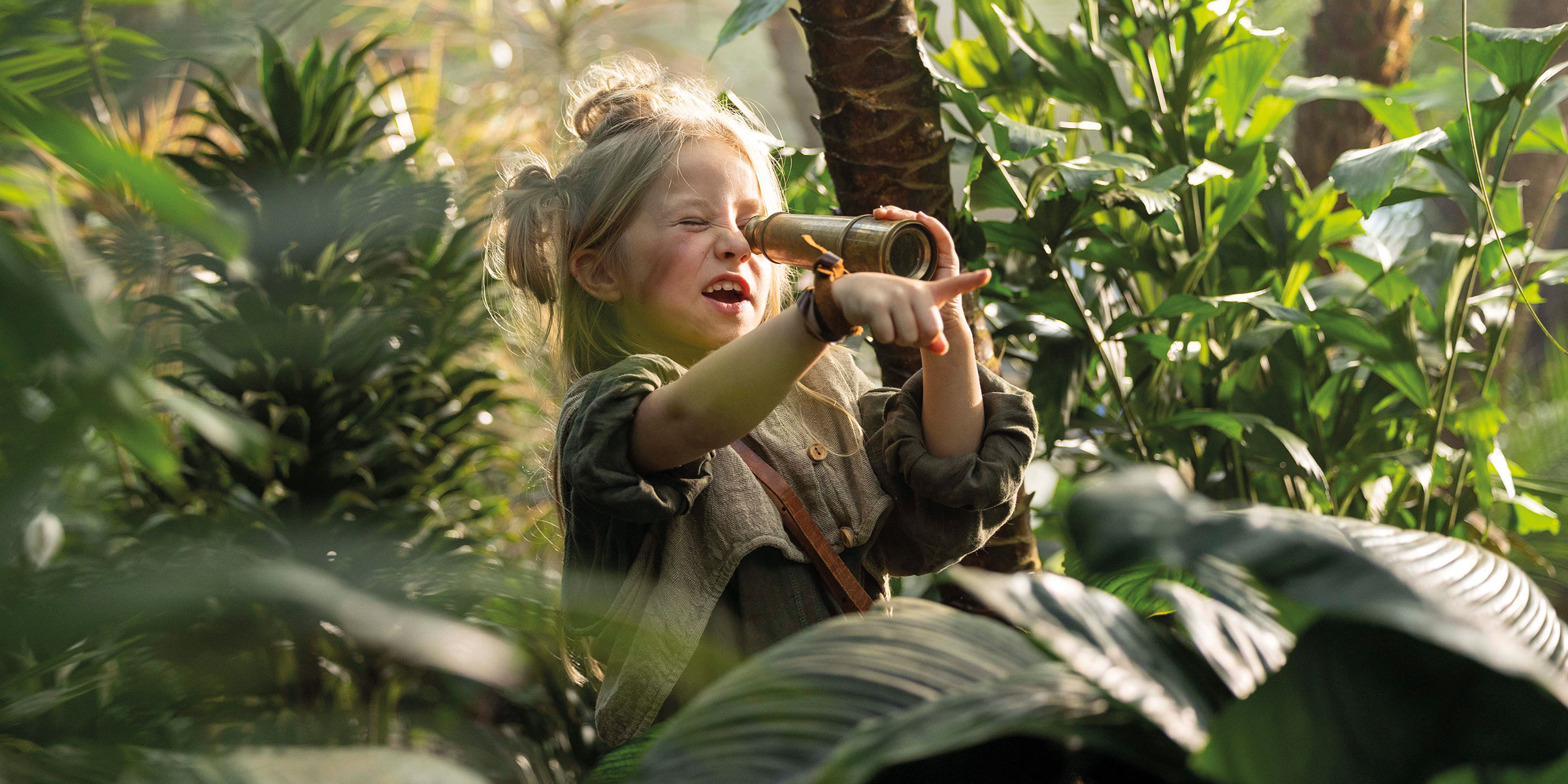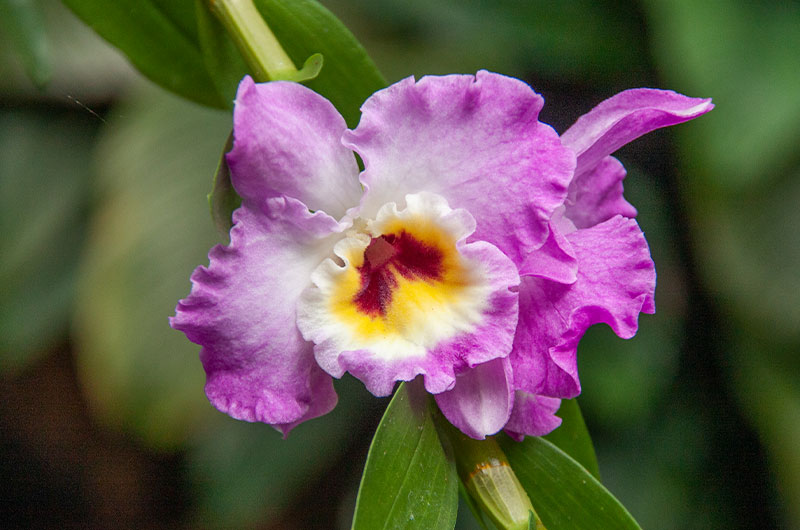
How do I care for my Dendrobium nobile?
Dendrobium nobile differs from other members of the orchid family by the cluster of flowers – called raceme – that appears at its leaf axils. Nobile has a long lifespan of at least eight weeks due to its particular way of growing. Dendrobium nobile is native to South East Asia, the Himalayas, Malaysia, southern China, and Japan. This orchid tolerates much light, but no direct sunlight.
light
In a bright, but shaded spot, but no direct sunlight.
temperature
Dendrobium nobile loves a cool and well-aerated setting with a temperature between 12 and 18 degrees Celsius.
water
This orchid should not be overwatered. It is sufficient to water it once every seven to nine days. Water dendrobium nobile only once its soil is almost dry.
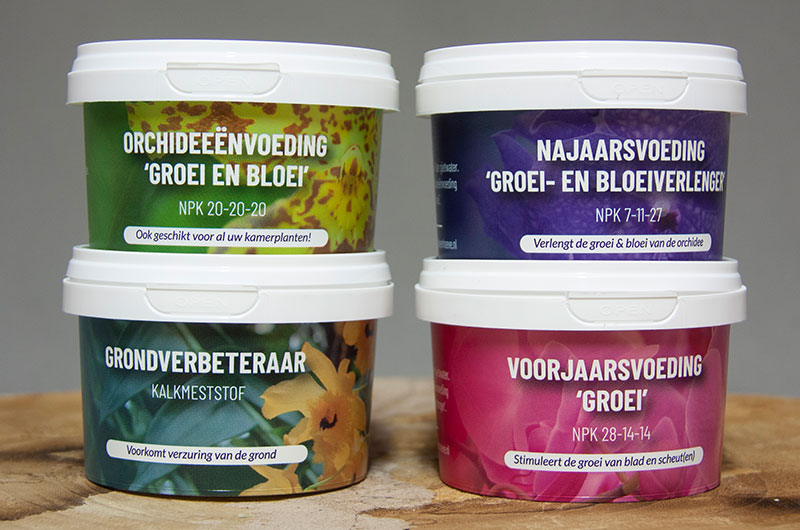
Fertiliser orchid
- Twice per month, feed dendrobium nobile our special orchid fertiliser ‘Groei en bloei’. Dosage: one level teaspoon per one litre of water. In February, May, and September, sprinkle one level teaspoon of ‘Grondverbeteraar’ (soil improver) once over the potting mix. The orchid does not require fertiliser from November up to and including January. Both products are sold in our shop.
Spraying flower buds
The humidity in a home can be low during the winter and summer months. Spray the smallest buds daily to prevent them from drying out and not flowering.
soil
It is important to replant dendrobium nobile once every three to four years in orchid potting mix. For this orchid, Pantropica has put together a well-aerated mix of bark, coco, and peat. This mix is available at our shop.
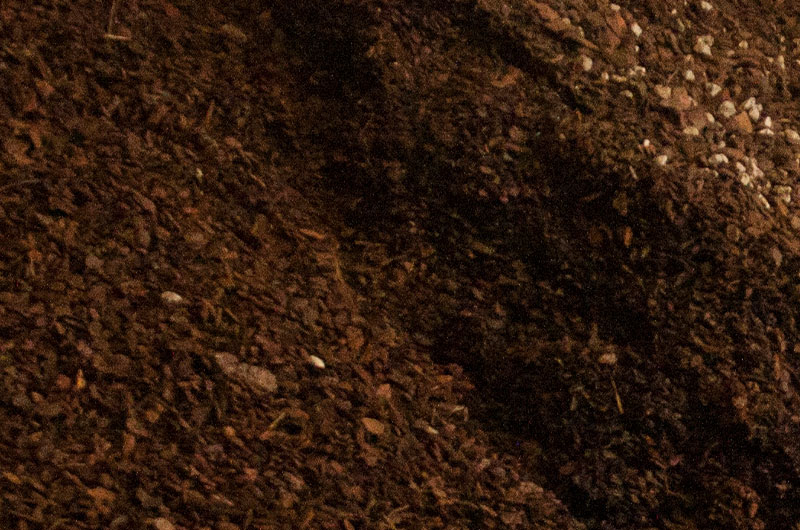
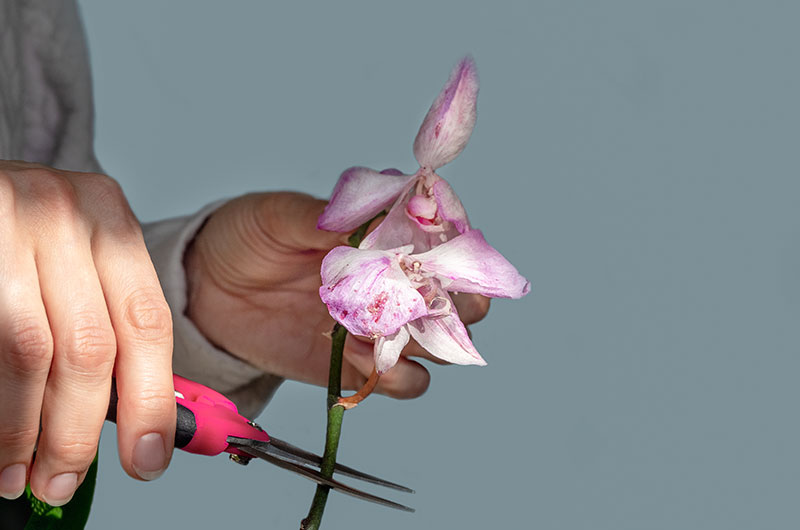
After flowering
Once Dendrobium nobile has stopped flowering, the flowers will automatically fall of the stem. The orchid will generate another stem from a new shoot. This will take approximately eight to twelve months
Tip for repotting
Dendrobium nobile can be repotted in a larger pot if the orchid’s roots are healthy. However, if the roots are soft and/or decayed, it is recommended to remove those parts and to repot the orchid in the same pot. Tearing/dividing is also an option once dendrobium nobile has grown beyond the edge of the pot. Divide a single plant into two plants, at the most. Next, place these plants in a pot of the same size.
